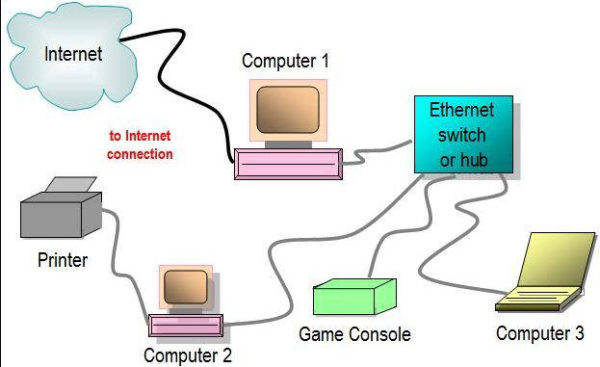There are many Ethernet switches, including managed, unmanaged, and modular. These switches use packet switching to receive and forward data to the destination device. Ethernet switches are essential for connecting different devices on a computer network. Learn about Layer 2 switches to understand their advantages and disadvantages. Listed below are the main types of Ethernet switches. To also learn more about different switching methods, check out our article. It will help you make a more informed decision about your business networking needs.
Unmanaged Ethernet switches
There are two basic types of Ethernet switches: managed and unmanaged. Managed switches require more configuration and management, while unmanaged switches are plug-and-play devices with a default configuration. These devices offer basic features such as QoS and PoE port prioritization. However, they don’t have a web interface or other configuration options and don’t support customization. In addition, unmanaged switches don’t offer any LAN port monitoring or management capabilities.
Both types of Ethernet switches are available. Managed switches don’t feature a web interface but are still very easy to manage and monitor. They can also be manually configured or connected to an existing network using SNMP, Telnet, or SSH protocols. You can access these switches through a graphic or text menu or the command line.
Managed Ethernet switches are better for security. In addition to encrypting communication, managed switches can also monitor network events. Redundancy ensures that your network is protected if one link or cable breaks. Managed switches also support standard protocols that prevent loops and provide redundant links. A network with redundant links will minimize downtime costs. This is one of the most significant differences between managed and unmanaged switches. When deciding between the two, you should always consider your needs first.
Modular Ethernet switches
The modular Ethernet switch market for data centers has grown to more than $900 million in the third quarter of 2018 – up 4% from last year’s time. The modular switches provide a variety of features and are available in a wide range of configurations and prices, from entry-level devices to high-end business-oriented models. In addition, they are available in various sizes, from single-port units to 16-port systems.
This type of switch is built in a medium-sized chassis, usually with two or more modules. Cisco, for instance, manufactured thousands of Catalyst 6500 series modular switches. Other manufacturers, such as Extreme, produced a series of high-performance switches called BlackDiamond. Arista also makes high-performance 7504 and 7508 series. This modular switch category was the norm in corporate data centers until stackable switches came along and replaced them.
Another benefit of modular switches is adding more cards as your needs change. For example, the Cisco WS-X6816-10G-2T modular switch can support up to 16 expansion modules. This allows you to change outline cards, supervisor engines, power supplies, and cooling fans. You can also customize the chassis to accommodate as many modules as needed. This type of switch is ideal for changing network configurations. Moreover, modular switches allow you to expand them at will.
Layer 2 network switches
Layer 2 network switches function on the data link layer of the OSI model. The switch identifies which port a packet needs to go to by using the MAC address of the destination host. Layer 3 switches perform switching and routing based on the receiving host’s IP address and subnet mask. The OSI model defines seven layers of communication. Layer 2 switches are used for a variety of purposes. For example, you can divide large networks into smaller ones for easier management and cost-saving reasons.
A layer-2 network switch uses frames, the minor units of bits on the network. These frames are transmitted to other devices on the same local area network (LAN). They use a specific MAC address for each connection, which can be either broadcast or multicast. Not all frames carry user data; some are used for control plane activities. While multicasting allows a network to deliver traffic to multiple destinations, it may cause a collision when two devices try to communicate.
In a traditional network, it was necessary to use a router to route data packets between different Ethernet networks. Today, most managed switches can connect devices on various Ethernet networks, which reduces the need for separate physical switches. However, in legacy networks, devices connected to two different VLANs still needed a Layer 3 device to perform routing. While Layer 3 switches are more efficient at routing data packets, they still need a Layer 3 device for those applications.




